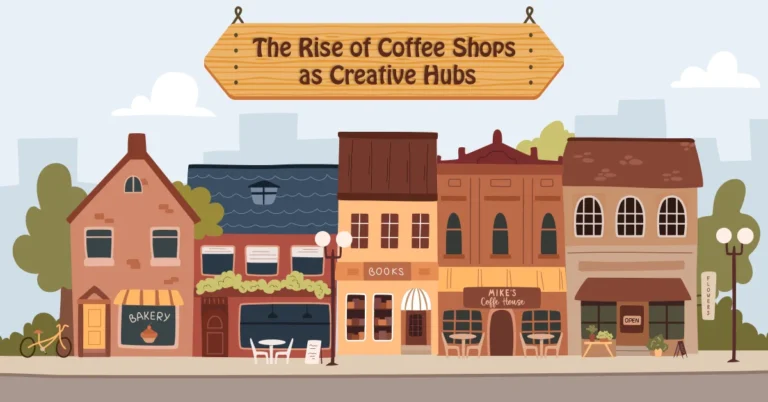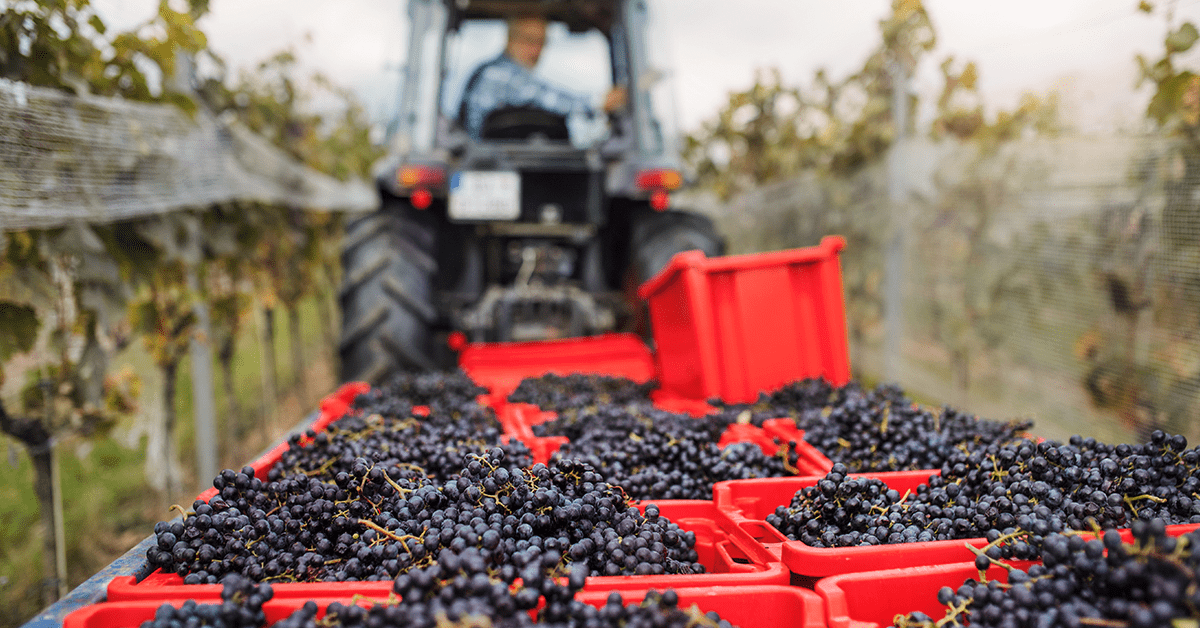
In the venerable domain of viticulture, the production of red wine has long been a testament to the harmonious blend of tradition and terroir. However, the wine industry is currently on the cusp of a transformation, with innovative technologies redefining the paradigms of red wine production. As a seasoned red wine tasting professional, I offer an exploration into the cutting-edge advancements that promise to refine the complexity, flavour, and sustainability of red wine, heralding a new era for connoisseurs and producers alike.
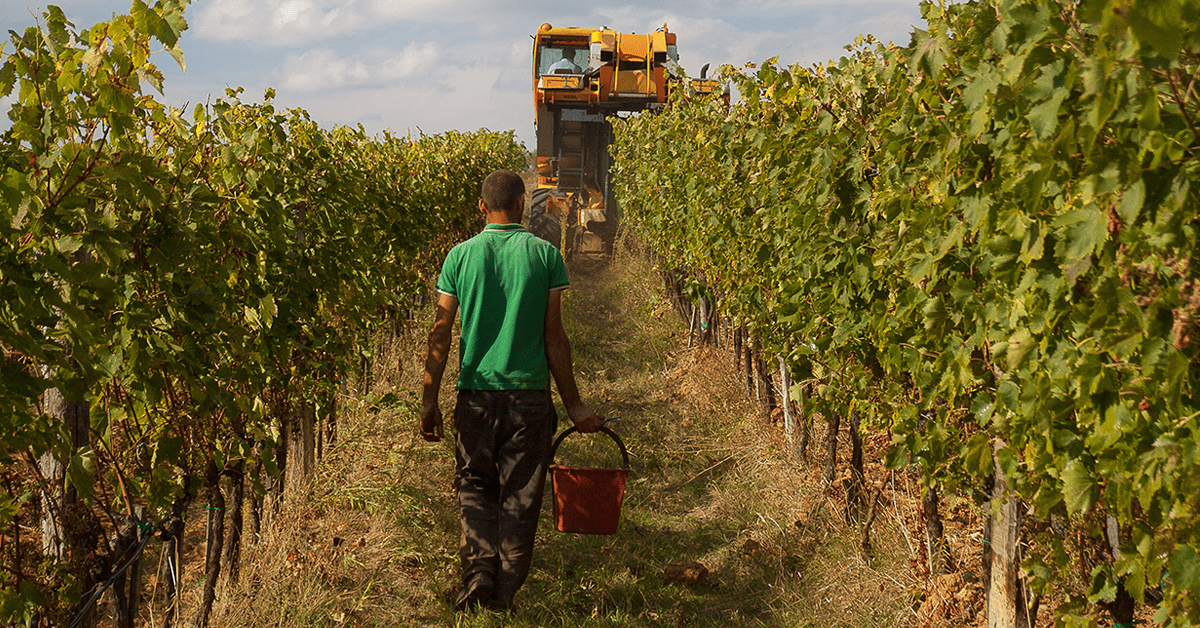
1. Precision Viticulture: The Science Behind the Art
Precision viticulture stands as a testament to the harmonious marriage of tradition and technology in the cultivation of vineyards. This approach harnesses the power of GPS mapping, drones, and Internet of Things (IoT) sensors to gather detailed data on soil composition, vine health, moisture levels, and microclimate conditions across the expanse of a vineyard. The granularity of this data allows vintners to understand the nuanced differences within their estates, enabling a bespoke approach to vineyard management.
By pinpointing the exact needs of different vine sections, producers can tailor their practices with unparalleled precision. For instance, irrigation can be adjusted to ensure optimal vine health without water waste, and nutrient application can be fine-tuned to the specific requirements of the soil. Perhaps most crucially, the precise timing of the harvest can be determined, ensuring grapes are picked at their peak ripeness, a critical factor in the quality of the resulting wine.
The benefits of precision viticulture extend beyond the quality of the harvest. This method promotes sustainability through the efficient use of resources, reducing the environmental footprint of wine production. Furthermore, by optimising the health and productivity of the vineyard, precision viticulture can lead to increased yields without sacrificing quality, ensuring the economic viability of wine production in an increasingly competitive market.
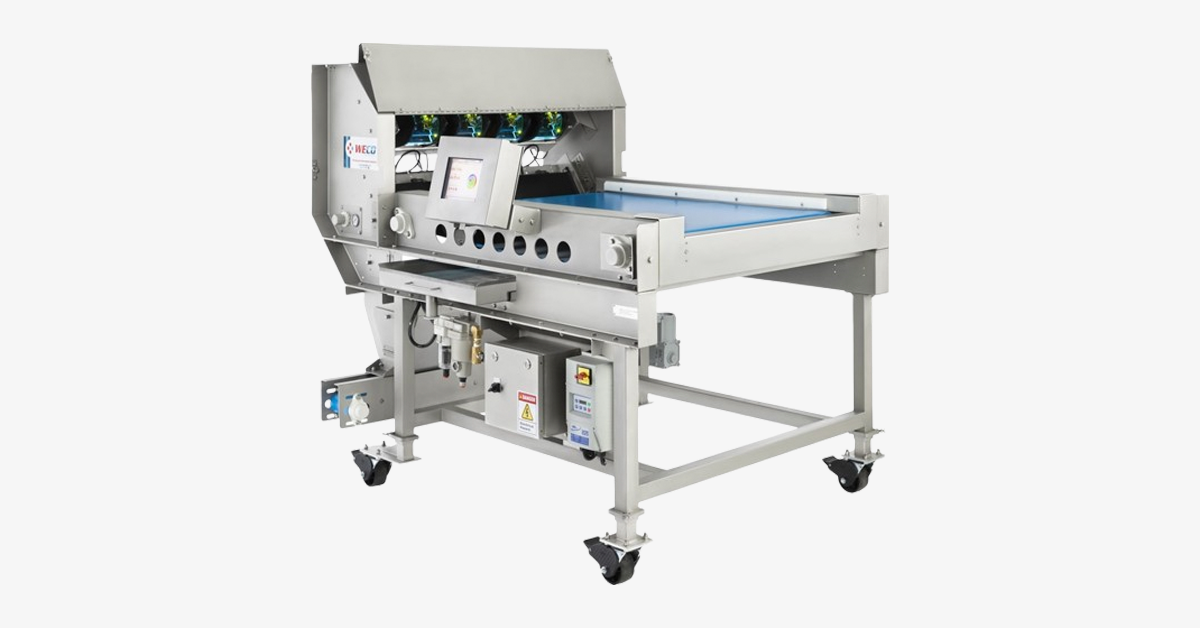
2. Optical Sorting Technology: A Vision for Quality
The integration of optical sorting technology into the winemaking process marks a significant leap forward in the quest for quality. Utilising high-speed cameras and sophisticated AI algorithms, this technology scrutinises each grape that passes through the sorting line, assessing it for a myriad of quality indicators such as size, colour, and ripeness. This automated scrutiny ensures that only the best grapes contribute to the wine, eliminating those that are underripe, overripe, or damaged.
The precision of optical sorting technology brings a new level of consistency to wine production. By removing human error from the equation, it guarantees that quality standards are maintained across batches, essential for wineries seeking to build and sustain a reputation for excellence. Moreover, the efficiency of optical sorting reduces the need for manual labour, allowing wineries to allocate resources more effectively and focus on other areas of production and innovation.
The implications of optical sorting extend beyond the immediate benefits of improved quality and efficiency. By ensuring a more uniform starting material, winemakers have a solid foundation upon which to craft their wines, allowing for greater control over the winemaking process and the ability to achieve a consistent product year after year. In an industry where variability can be both a charm and a challenge, optical sorting technology provides a tool for managing this balance.
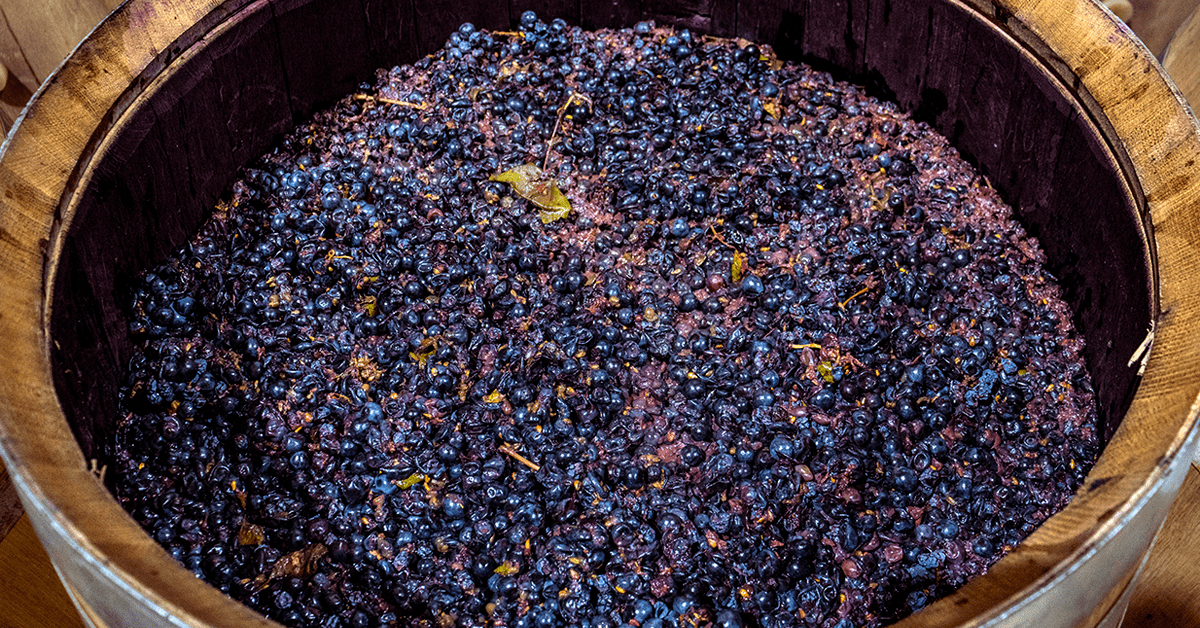
3. Fermentation Innovations: Crafting the Future of Flavour
Fermentation is the alchemical process at the heart of winemaking, where sugars are transformed into alcohol, and grapes become wine. Innovations in fermentation technology are providing winemakers with new tools to control and enhance this critical process. Controlled micro-oxygenation is one such innovation, where oxygen is introduced into the fermenting wine in precise amounts. This technique can improve the wine’s colour and soften tannins, leading to smoother, more approachable red wines without extensive ageing.
Moreover, the development and use of specialised yeast strains offer winemakers the ability to influence the aroma and flavour profiles of their wines. Yeasts play a pivotal role in fermentation, and their selection can dramatically affect the wine’s character. By isolating and utilising specific strains, winemakers can enhance desirable flavours and aromas, such as fruity or floral notes, adding complexity and depth to the wine.
These fermentation innovations offer a blend of art and science, allowing winemakers to fine-tune their processes with unprecedented precision. The result is wines with a more consistent quality, distinctive profiles, and the ability to meet the evolving tastes of consumers. Furthermore, these technologies can make the fermentation process more efficient and environmentally friendly, reducing waste and energy consumption.
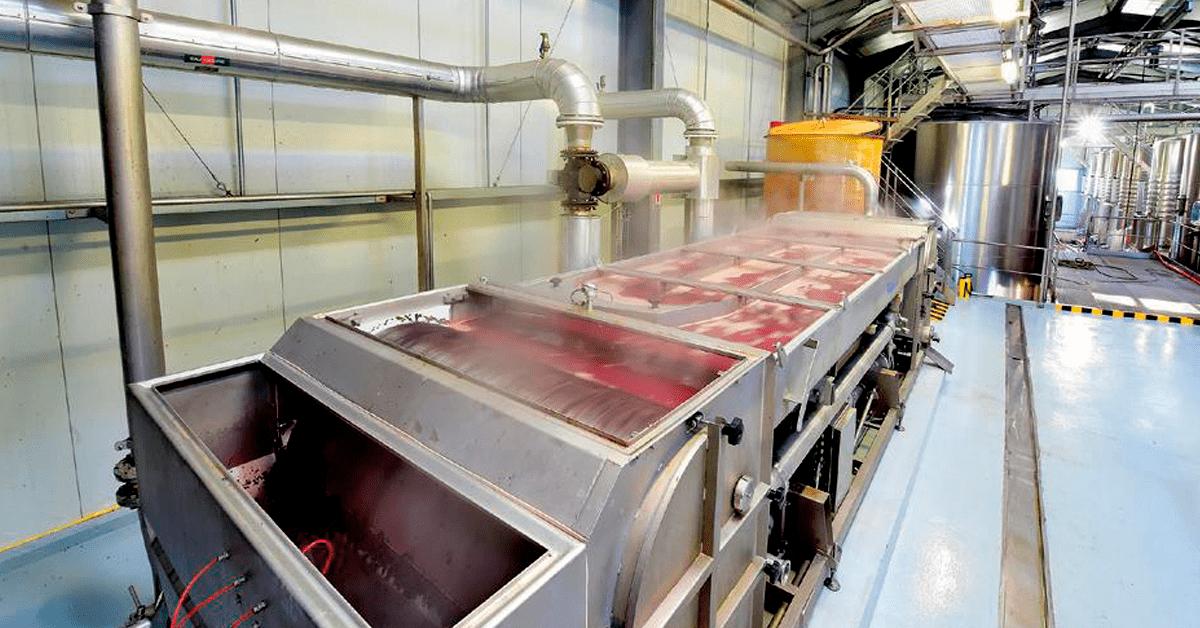
4. Flash Détente: Intensifying Flavours and Colours
The flash détente technique is a transformative process that subjects grapes to a rapid thermal treatment followed by immediate cooling. This abrupt temperature change causes the grape skins to burst, significantly enhancing the extraction of colours, flavours, and tannins. The technique not only intensifies the sensory characteristics of the wine but also allows for the removal of unwanted green or vegetal notes, improving overall quality.
Flash détente is particularly valuable in challenging vintages or with grapes that have not reached optimal ripeness. It can mitigate the effects of under ripe tannins and enhance the fruit character of the wine, offering winemakers a tool to salvage potentially compromised harvests. Moreover, this technique can reduce the presence of harmful microorganisms and stabilise the wine, contributing to its longevity and reducing the need for added sulfites.
The adoption of flash détente technology reflects the wine industry’s ongoing quest for innovation and quality. By providing winemakers with a method to enhance flavour and colour extraction, this technology supports the production of more robust and expressive red wines. It aligns with the growing consumer demand for wines with pronounced fruit characteristics and a smooth palate experience. Additionally, flash détente offers an eco-friendly advantage by reducing the reliance on chemical treatments and promoting a more natural winemaking process.
This technique also exemplifies the wine industry’s adaptability, integrating advanced technologies to overcome the challenges posed by climate change and varying weather conditions. By ensuring consistency and quality despite environmental unpredictability, flash détente helps winemakers maintain the character and identity of their wines, preserving the unique signature of their terroir.
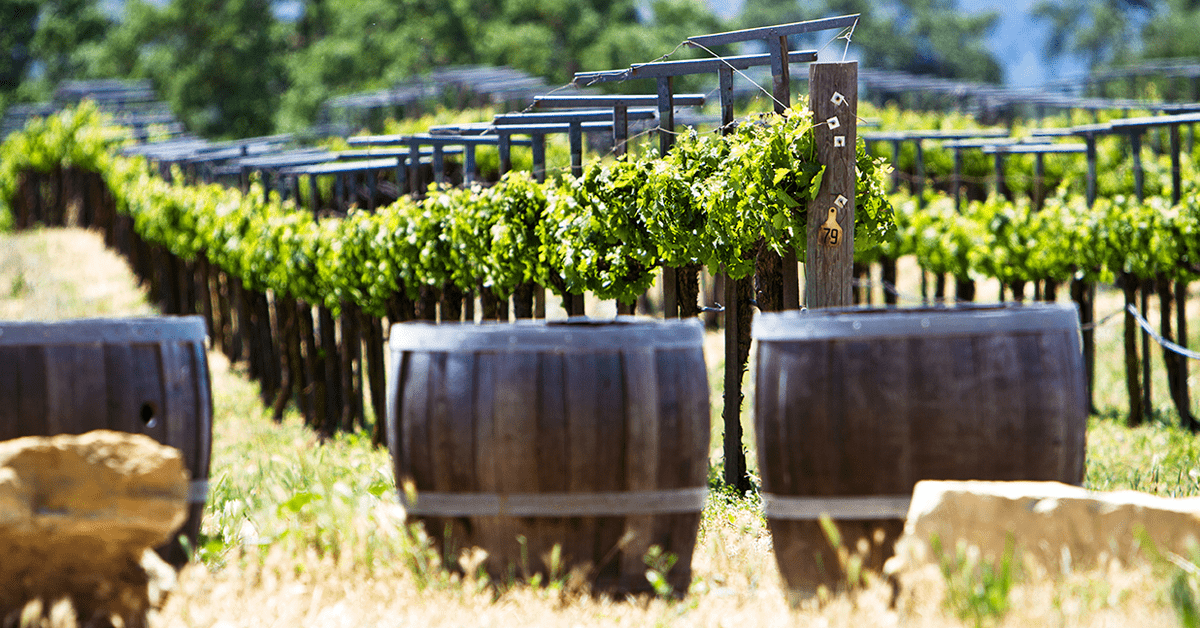
5. Barrel Alternatives: Innovating Ageing
Traditionally, the ageing of red wines in oak barrels has been an integral part of the winemaking process, contributing to the complexity, structure, and flavour profile of the wine. However, the use of oak barrels comes with limitations, including significant costs and the challenge of achieving consistency. Innovative barrel alternatives, such as oak stave immersion and micro-oxygenation tanks, are revolutionising this aspect of winemaking.
Oak stave immersion involves placing oak wood staves into stainless steel tanks of wine, mimicking the effects of barrel ageing at a fraction of the cost. This method allows winemakers to control the level of oak influence by adjusting the quantity of oak and the duration of immersion. Similarly, micro-oxygenation tanks introduce small amounts of oxygen into the wine in a controlled manner, replicating the slow oxygenation process that occurs in traditional barrels.
These alternatives not only make the ageing process more efficient and cost-effective but also provide winemakers with greater control over the flavour profiles of their wines. They can tailor the oak influence to achieve the desired balance between fruitiness and oaky notes, ensuring a consistent product that aligns with consumer preferences. Moreover, these innovative methods reduce the environmental impact associated with traditional barrel usage, such as the need for significant amounts of wood and the challenges of barrel disposal.
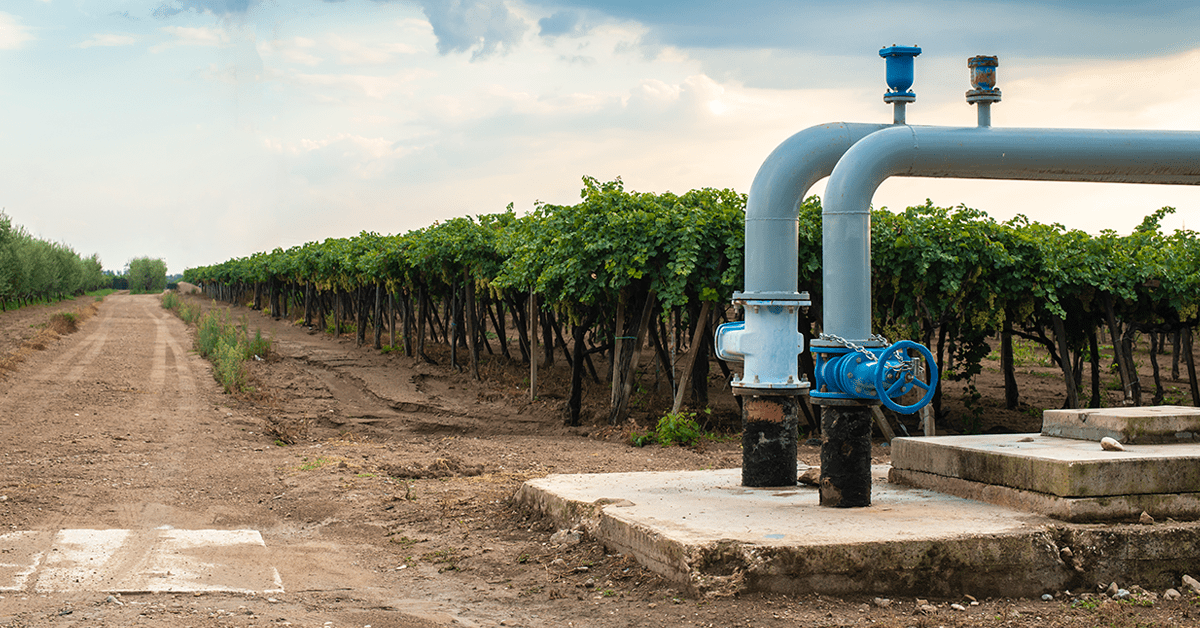
6. Sustainable Practices: Towards a Greener Future
The wine industry’s move towards sustainable practices reflects a broader recognition of environmental responsibility and consumer demand for eco-friendly products. Sustainable winemaking encompasses a range of practices, from water conservation and renewable energy usage to organic farming and biodiversity preservation.
Water reclamation systems are becoming increasingly common, allowing wineries to reuse water for irrigation and reducing the overall water footprint of wine production. Similarly, the adoption of solar power and other renewable energy sources minimises carbon emissions and aligns with the global shift towards sustainable energy solutions.
Organic and biodynamic farming practices play a crucial role in sustainable viticulture, emphasising the health of the vineyard ecosystem and avoiding the use of synthetic chemicals. These methods not only contribute to the environmental sustainability of wine production but also resonate with consumers seeking natural and authentic wine experiences.
The integration of sustainable practices into winemaking not only ensures the long-term viability of vineyards but also enhances the quality of the wine. Healthy, well-managed vineyards produce grapes of higher quality, resulting in wines that more authentically express their terroir. As the industry continues to evolve, sustainability is becoming an integral part of the winemaking philosophy, reflecting a commitment to quality, environmental stewardship, and consumer values.
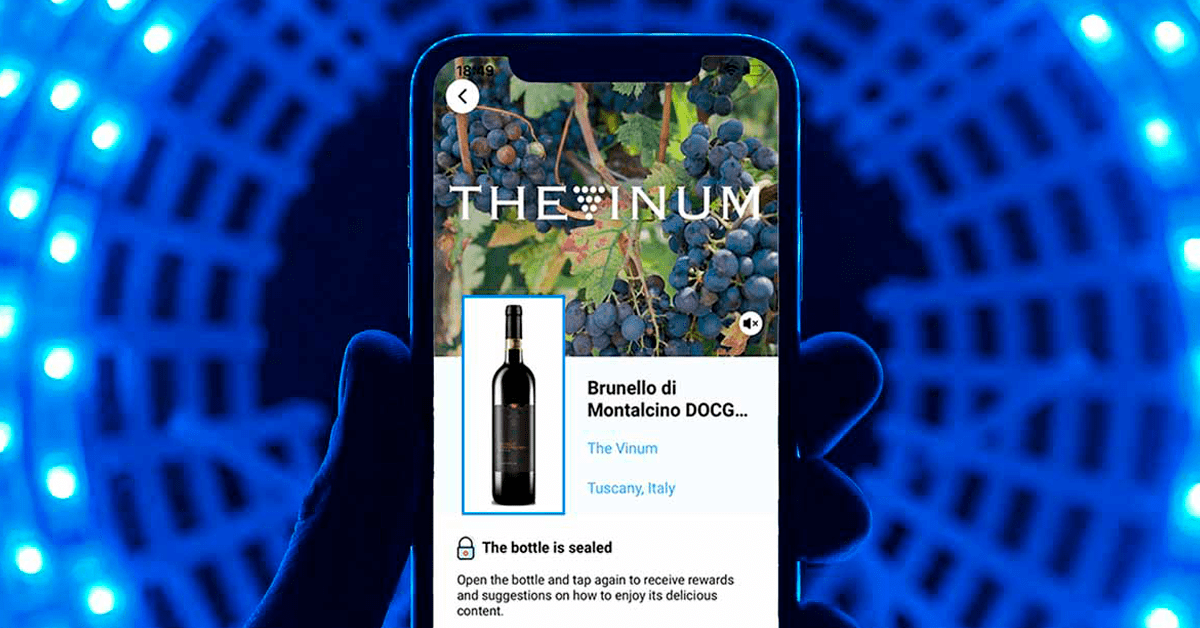
7. Blockchain for Provenance: Ensuring Authenticity
Blockchain technology offers a revolutionary solution to the challenges of authenticity and transparency in the wine industry. By creating a tamper-proof digital ledger of a wine’s journey from vineyard to bottle, blockchain ensures the integrity and provenance of wine, enhancing consumer trust and protecting producers from counterfeiting.
Each step of the wine production process, including harvesting, fermentation, ageing, and distribution, can be recorded on the blockchain, providing a comprehensive and verifiable history of the wine. This level of transparency allows consumers to verify the authenticity of the wine they purchase, ensuring that they are getting a product that matches the producer’s claims regarding origin, variety, and production methods.
For producers, blockchain technology represents a powerful tool for brand protection. By demonstrating the authenticity of their wines, producers can safeguard their reputation and differentiate their products in a competitive market. Additionally, blockchain can facilitate smoother and more secure transactions across the global wine market, reducing the risk of fraud and enhancing the efficiency of supply chains.
As the wine industry embraces digital transformation, blockchain stands out as a key technology for ensuring the authenticity, quality, and integrity of wine. It symbolises a future where transparency and trust define the relationship between producers and consumers, reinforcing the value of authenticity in the wine experience.
Conclusion
The wine industry’s embrace of technology, far from diluting the traditional essence of red wine production, serves to augment the artistry and craftsmanship that define it. These innovations promise not only to enhance the quality and sustainability of red wine but also to ensure its legacy in an ever-evolving world. As we stand on the brink of this new horizon, one thing remains clear: the future of red wine, steeped in both heritage and innovation, has never looked more vibrant.




